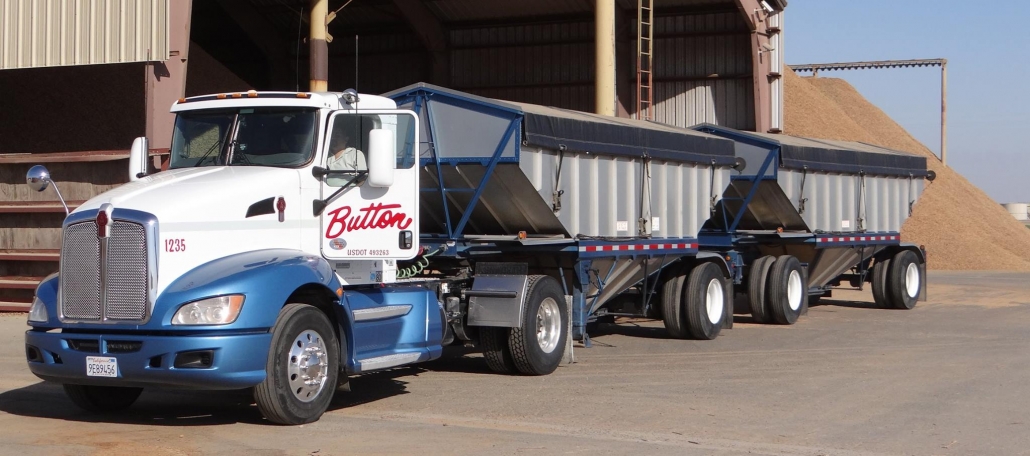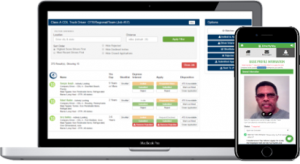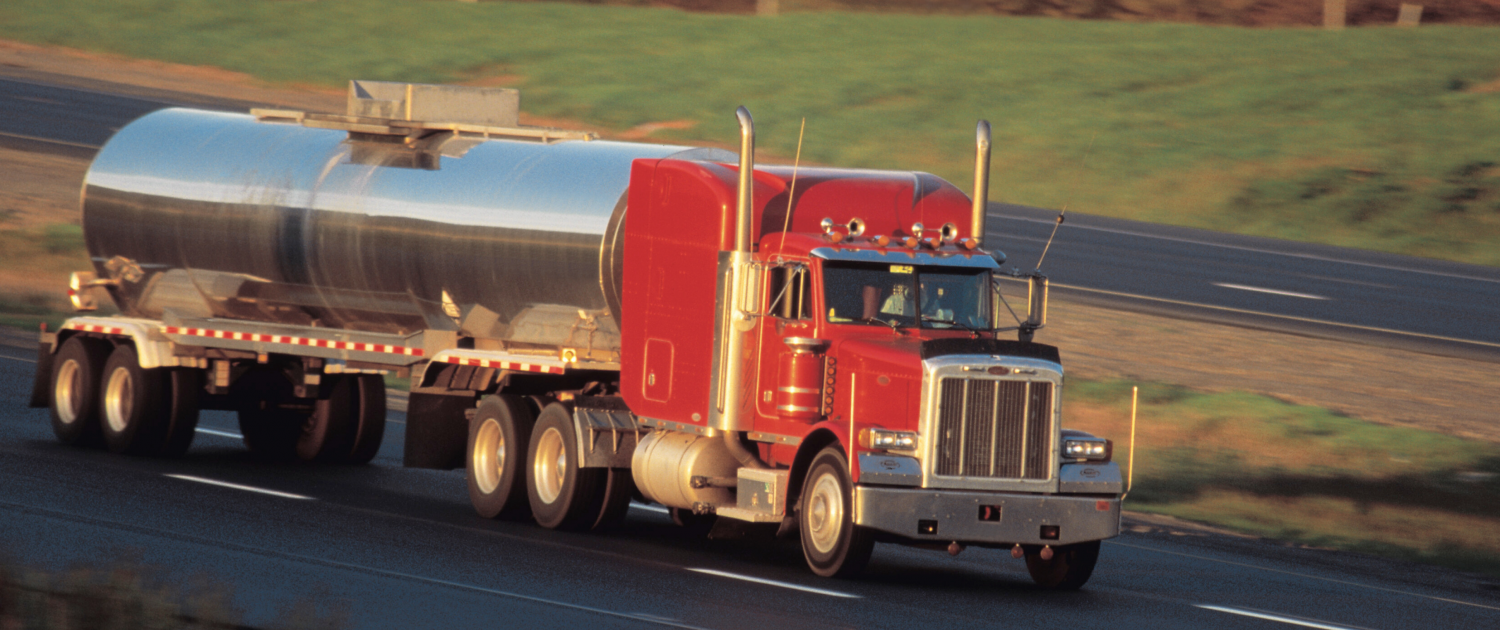
There are three options when getting a commercial driver’s license (CDL): the CDL A, the CDL B or the CDL C. Each class has its own training requirements and testing procedures, and there are pros and cons to explore for each type. Your lifestyle and career plans dictate which license will be the best fit for you. The Class A CDL is the most widely obtained CDL, as it allows you to drive the most vehicles. On top of that, there are 6 types of additional endorsements you can get for it as well as 7 restrictions that can be placed on it.
The Basics of a Class A CDL
The Federal Motor Carrier Association defines CDL A trucks as, “Any combination of vehicles which has a gross combination weight rating or gross combination weight of 11,794 kilograms or more (26,001 pounds or more) whichever is greater, inclusive of a towed unit(s) with a gross vehicle weight rating or gross vehicle weight of more than 4,536 kilograms (10,000 pounds) whichever is greater.”
6 Types of CDL Class A Endorsements
Once you have your CDL A license, you can get additional endorsements to allow you drive more specialty vehicles. These endorsements require extra written and sometimes, skills testing to obtain the endorsements. As of February 2022, there are additional requirements for drivers looking to obtain their Hazmat, Passenger, or School Bus endorsement. You can find more information about this below.
1. (H) Hazardous Materials (HAZMAT)
A HAZMAT endorsement opens the doors to hauling hazardous materials over the road. These jobs are often higher paying and there is usually a larger pool of jobs available. Once you have your CDL A, you can obtain a HAZMAT endorsement passing the required TSA background checks, written test, and medical exam by a DOT doctor. In many cases, having your HAZMAT license is a requirement for getting the X endorsement which will be described shortly.
2. (N) Tanker Vehicle
The tanker endorsement allows a driver to haul a tank or “tanker” full of liquid or gaseous materials. These jobs are often higher paying and usually are local or regional runs, so you’d have more home time than some other jobs. This endorsement does require an additional written test. A tanker truck driver needs to be able to adjust to having his cargo constantly moving around if the tank is not full. Dealing with the “surge” caused by the movement of the liquid in the tank while driving takes some practice and skill development.
3. (P) Passenger Transport
Passenger transport endorsement is pretty straightforward. It allows a licensed driver to drive a vehicle which carries more than 16 passengers, like a city commuter bus. This endorsement requires an added written and skills test to obtain. These jobs are great for people who want to drive a set schedule and be home every night, or for seeing the country driving for travel companies across country. One thing is certain, you will interact with passengers all day long, so this is not the job for someone who likes being alone. This endorsement is usually required to subsequently obtain the “S” endorsement to drive children in a school bus. Usually these two endorsements go hand-in-hand.
4. (S) School Bus/Passenger Transport
School bus endorsements are required to drive children in school busses. Like the “P” endorsement just discussed, this also requires an additional written and driving skills test. But for the “S” endorsement, there are also background checks, criminal history checks, physical fitness tests, and they usually require more frequent supplemental training and testing when the school bus rules change. And these drivers should have a little more patience and certainly must be able to tolerate driving boisterous children.
5. (T) Double/Triples
Double or triple trailers require their own endorsement. The “T” endorsement allows drivers to tow more than one trailer on the back of their truck. This endorsement requires an additional written test as well. The “T” endorsement is especially valuable, as it allows drivers to haul two or even three-times the amount of freight, while driving the same amount of time over the road as with a single trailer. These are often higher-paying trucking jobs, due to the added skills and driving ability the driver needs to have.
6. (X) Tanker and Hazardous Materials
Finally, the “X” endorsement allows a driver to haul large loads of any type of liquid or gaseous HAZMAT cargo inside of a tanker. Having this “X” endorsement even further separates these drivers and their skill sets. This endorsement requires an additional written test. If a driver has any plans to be in the gas and oil hauling business, an “X” endorsement will certainly be required.
Note About the H, P and S Endorsements
As of February 2022, the FMCSA has new updated guidelines for drivers looking to obtain their H, P and S endorsements. Here’s what the new rule states,
“FMCSA establishes new minimum training standards for certain individuals applying for their commercial driver’s license (CDL) for the first time; an upgrade of their CDL (e.g., a Class B CDL holder seeking a Class A CDL); or a hazardous materials (H), passenger (P), or school bus (S) endorsement for the first time. These individuals are subject to the entry-level driver training (ELDT) requirements and must complete a prescribed program of instruction provided by an entity that is listed on FMCSA’s Training Provider Registry (TPR). FMCSA will submit training certification information to State driver licensing agencies (SDLAs), who may only administer CDL skills tests to applicants for the Class A and B CDL, and/or the P or S endorsements, or knowledge test for the H endorsement, after verifying the certification information is present in the driver’s record.”
In layman’s terms, this means that any driver looking to obtain their H, P, or S endorsement will need to go to the FMCSA’s Training Provider Registry and select a training provider in their area. They will then need to reach out to that provider and complete a training program for the CDL upgrade they want.
Once that program is completed, it’ll be noted in the driver’s file and they can then go to their state licensing bureau to take the written skills test and/or road test. Once that’s completed, they’ll be able to receive their endorsement.
Be sure to call your local licensing bureau for more information on what skills and/or road tests you’ll be required to take, as they may vary by state.
7 Types of Class A Restrictions
Just like obtaining CDL A endorsements lets you legally operate more CMVs, restrictions limit the ones you can operate. The good news is that these restrictions can be lifted once you meet the necessary requirements. Here are the 7 types of CDL A restrictions.
1. (L) Air Brakes Restriction
This restriction is pretty straightforward. If you didn’t pass the air brakes portion of your CDL test, you’ll get an “L” restriction. This means that you won’t be able to operate any semi-truck that uses air brakes, which could be a problem since the majority of trucks do. The good news is that you can take this test as many times as needed to get that “L” lifted.
2. (Z) Air Brakes Restriction
Just like an “L” restriction, a “Z” prohibits you from driving a truck with air brakes. It just means that instead of failing this portion of the test in a vehicle with air brakes, you passed it in a vehicle with hydraulic brakes. It’s the same process to get this restriction lifted as well; just take the test again in a vehicle with air brakes.
3. (E) Manual Transmission Restriction
This restriction is placed on a CDL if the driver passed their test but took it in a vehicle with automatic transmission. This isn’t an issue if your current employer uses automatic transmission trucks, but you may want to take your test again in a manual if you plan on moving to a different carrier in the future.
4. (K) Interstate Travel Restriction
The “K” restriction means that you’re not allowed to travel to other states while driving a CMV. This restriction is placed on drivers who are under 21 as they’re not allowed to haul freight across state lines, although that could be changing soon.
5. (O) Fifth-Wheel Connection Restriction
If you take your CDL test in a vehicle that doesn’t use a fifth-wheel connection, and instead uses a pintle hook or some other type of connection, you’ll get an “O restriction. How do you get this reversed? You guessed it. Just retake the exam with a truck that has a fifth-wheel connection.
6. (M) Class A Passenger Vehicle Restriction
The “M” restriction is one of those very unique (and confusing) restrictions that you probably won’t run into during your trucking career. It means that you have your CDL A and can drive all CDL A vehicles but took your “P” or “S” endorsement test in a CDL B vehicle. You can drive all CDL B passenger vehicles (typically buses) but can’t drive any very large bus that falls under the Class A weight limits.
7. (V) Medical Variance Restriction
The “V” restriction is put on your CDL if you have a medical issue that would somehow impact your ability to drive. These variances could include vision impairment or high blood pressure. Unlike the other restrictions, a “V” doesn’t affect your ability to drive certain types of vehicles.
When it comes to CDL A restrictions, the best advice is to take your CDL A test in the appropriate vehicle so you can avoid getting any of these restrictions placed on your CDL in the first place.
If you’ve just got a new CDL endorsement or restriction lifted and are looking for a new CDL job, let Drive My Way help you out. Make a free, secure profile below and get matched with your next CDL job.
Looking for a new CDL Job?
Drive My Way matches you with a job based on your preferences like pay, home time, touch level, and more.







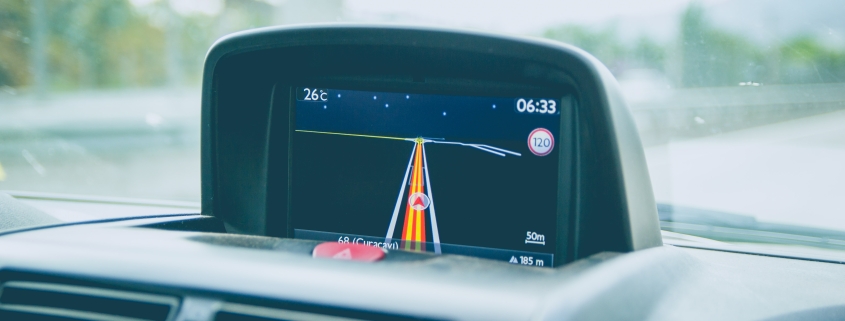







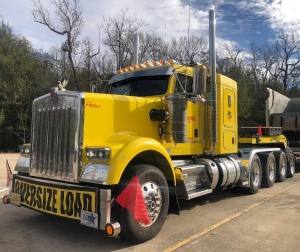
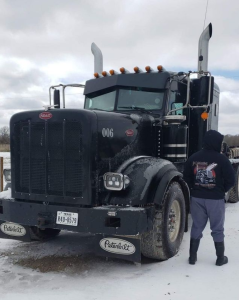

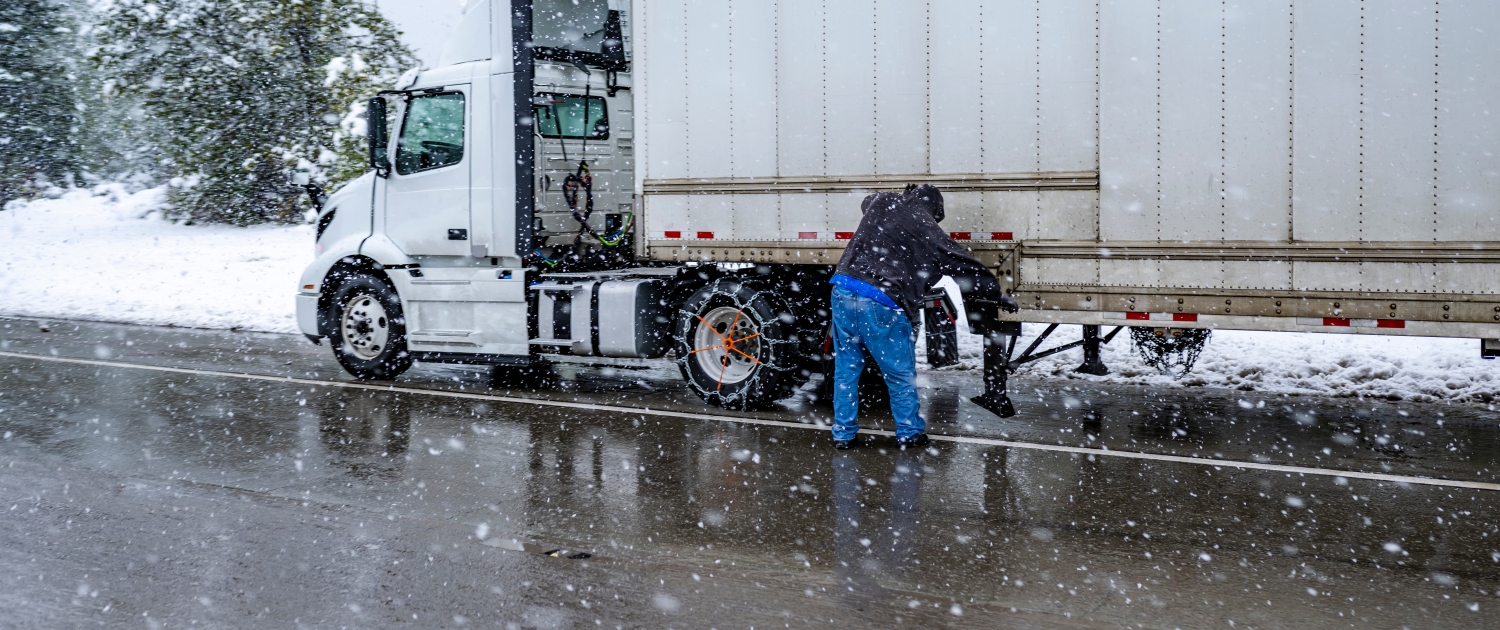

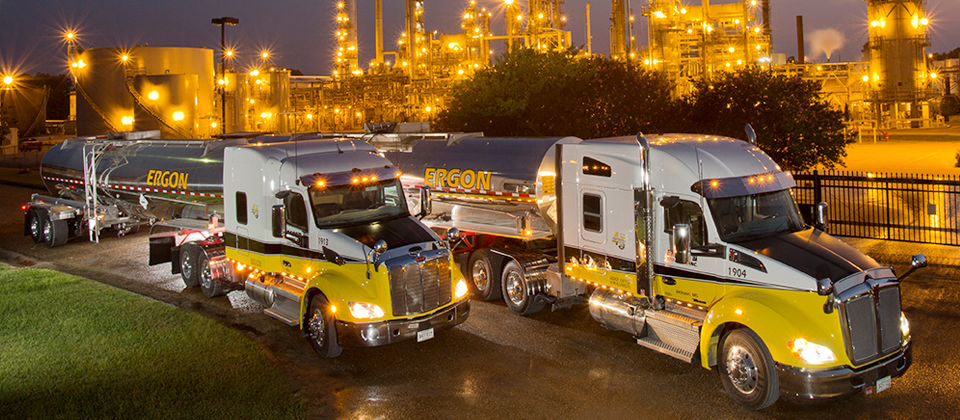

 Trucker drivers are an interesting bunch. And for good reason—they have an interesting job! Hollywood has paid attention to the trucker life over the years, and made many movies about trucking, truckers, or the over the road lifestyle. For all the movies made about trucking, we’ve narrowed things down to our favorites, and
Trucker drivers are an interesting bunch. And for good reason—they have an interesting job! Hollywood has paid attention to the trucker life over the years, and made many movies about trucking, truckers, or the over the road lifestyle. For all the movies made about trucking, we’ve narrowed things down to our favorites, and 
